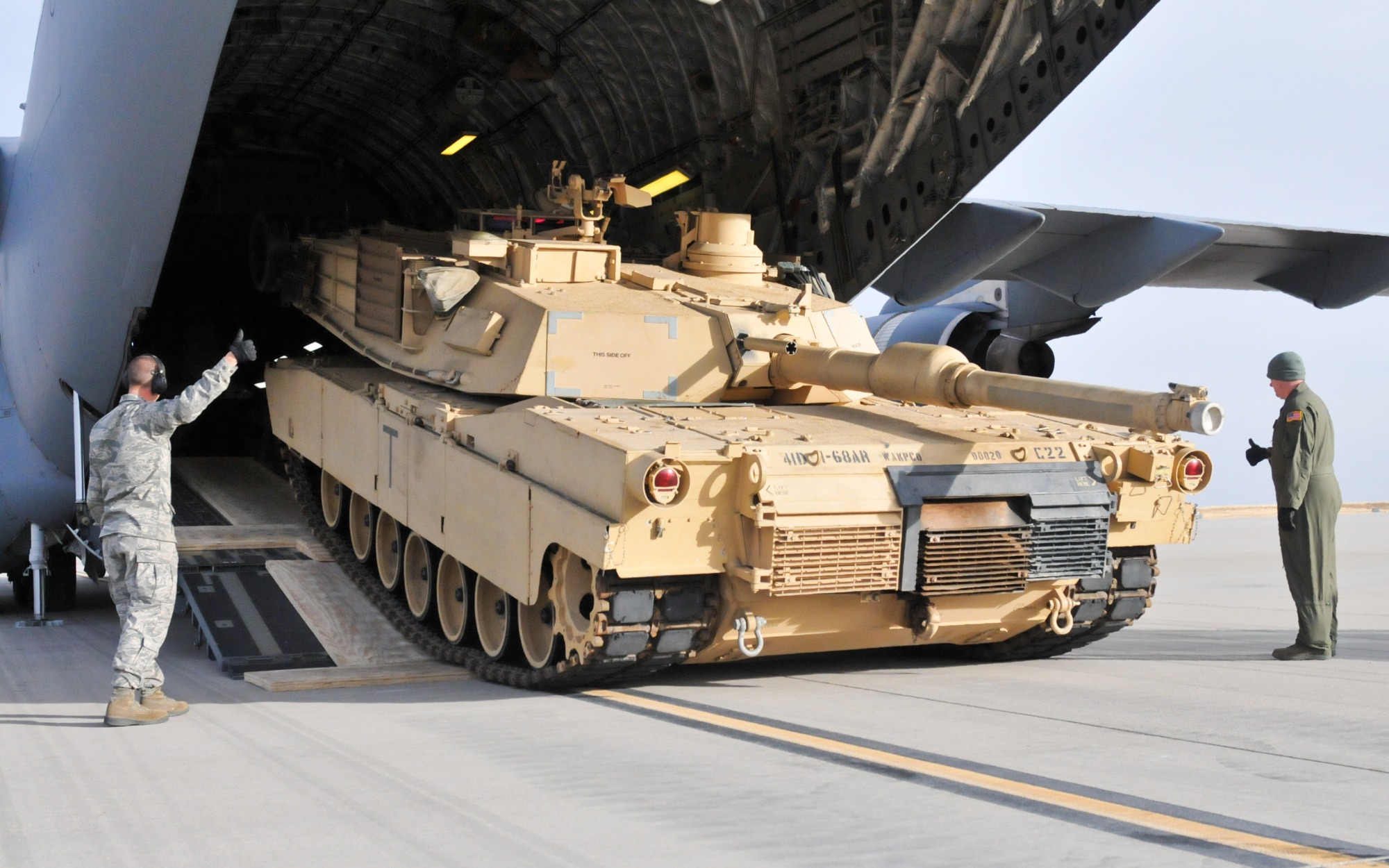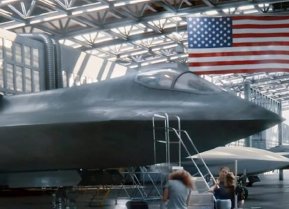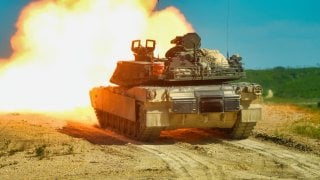Ukraine is 'Pimping Out' Its M1 Abrams to Counter Russian Drones
Ukraine has sidelined its U.S.-made M1A1 Abrams tanks due to their vulnerability to Russian drones. In response, Ukraine is adopting low-tech protective measures similar to Russia's "cope cages."
Summary and Key Points: Ukraine has sidelined its U.S.-made M1A1 Abrams tanks due to their vulnerability to Russian drones. In response, Ukraine is adopting low-tech protective measures similar to Russia's "cope cages."

-The Ukrainian initiative "Steel Front," led by steel magnate Rinat Akhmetov, has developed steel shields to counter drone attacks.
-These shields aim to protect tanks from loitering munitions and other threats, though they may not withstand direct hits from enemy tanks or anti-tank rockets.
Ukraine's Steel Front Initiative: Countering Drone Threats to M1 Abrams
Earlier this spring, Ukraine opted to sideline its U.S.-made M1A1 Abrams main battle tanks (MBT) after losing several on the frontlines. According to a report from The Associated Press, the decision was made as the Abrams proved too difficult to operate without detection from Russian surveillance drones and loitering munitions.
As of the end of April five of the 31 M1 MBTs supplied to aid Kyiv had been damaged or even destroyed.
Russia has also lost thousands of tanks and other armored vehicles, and Ukraine has been successful in utilizing drones to attack Russian positions. Both sides have struggled to adapt, and the Kremlin's forces have resorted to installing "cope cages" around the turrets on its tanks. Now Kyiv's troops are taking a page out of Russia's playbook and are employing similar measures.
Pimp My Tank!
Various efforts are being employed to add some extra protection to the tanks, but it is hardly a new idea. Tank crews have "pimped their rides" since the earliest tanks of tank warfare. Where the designers failed to see potential threats, the crews sought to address the issue in an ad hoc fashion.
Low-tech solutions included sandbags stacked on the hull, spare tracks spaced out on the turret, additional spaced armor, and even logs – although U.S. tankers carried trunks from trees to also help gain traction in muddy/boggy conditions.

Not everyone was on board with the extemporized modifications, however. General George S. Patton even banned his tank crews from using sandbags, believing that the added weight put increased strain on the engines and drive train – which required more maintenance – while offering little to no added protection.
Steel Front on the Frontlines
Newsweek recently profiled Steel Front, a Ukrainian-based collective run by steel magnate Rinat Akhmetov that has developed steel shields to counter first-person view (FPV) drones. Essentially grids that can be positioned around the turret of a tank, the shields are reported to be more refined than the ad hoc solutions employed by the Russians.
"We are sure that these constructions are helping to protect, to give additional protection, to the tanks," Oleksandr Myronenko, operational director of the Metinvest Group within the Steel Front initiative, told Newsweek.
More importantly, the placement of the steel shield was carefully considered so as not to interfere with the operation of the tank or impede the crew's visibility. The cages cover the side of the turrets and the ammunition storage bustle – the most vulnerable spots on the M1 Abrams.
None of this added armor will defeat a direct hit from an enemy tank, and might only lessen the impact from an enemy man-portable anti-tank rocket, yet, it could help reduce the damage from loitering munitions and other kamikaze drones.

The cages can also make it harder for ordnance – such as small bombs and hand grenades – to be dropped into open hatches. Both sides have drone operators that are quite skilled in such maneuvers!
Yet, even as these latest solutions are being adopted, there are likely efforts to counter them. The cages can't do much from air-dropped gasoline or other liquid-based bombs. Low-cost, commercial off-the-shelf drones have become the greatest danger to expensive tanks – and both sides will continue to figure out how to destroy an enemy's MBT while protecting their own armored behemoths.
Author Experience and Expertise: Peter Suciu
Peter Suciu is a Michigan-based writer. He has contributed to more than four dozen magazines, newspapers, and websites with over 3,200 published pieces over a twenty-year career in journalism. He regularly writes about military hardware, firearms history, cybersecurity, politics, and international affairs. Peter is also a Contributing Writer for Forbes and Clearance Jobs. You can follow him on Twitter: @PeterSuciu. You can email the author: [email protected].
All images are Creative Commons.


